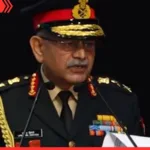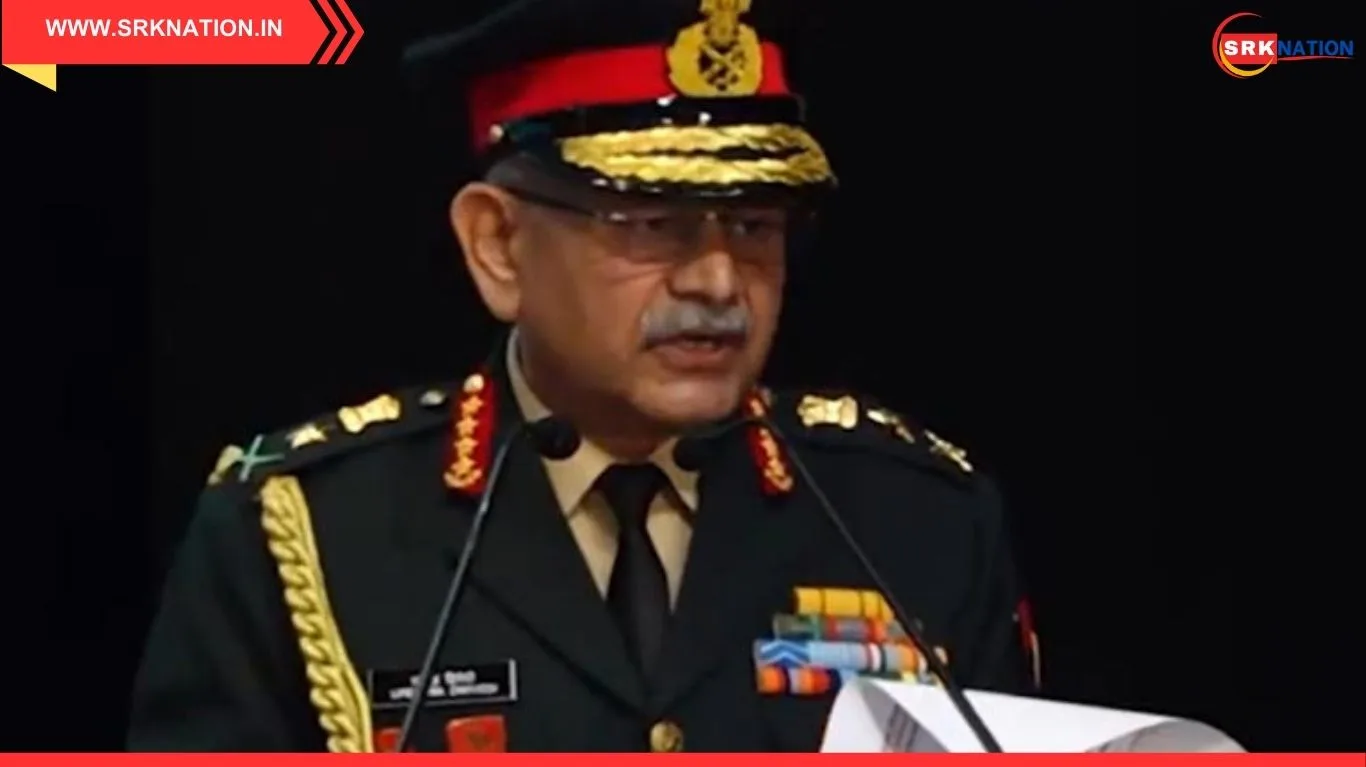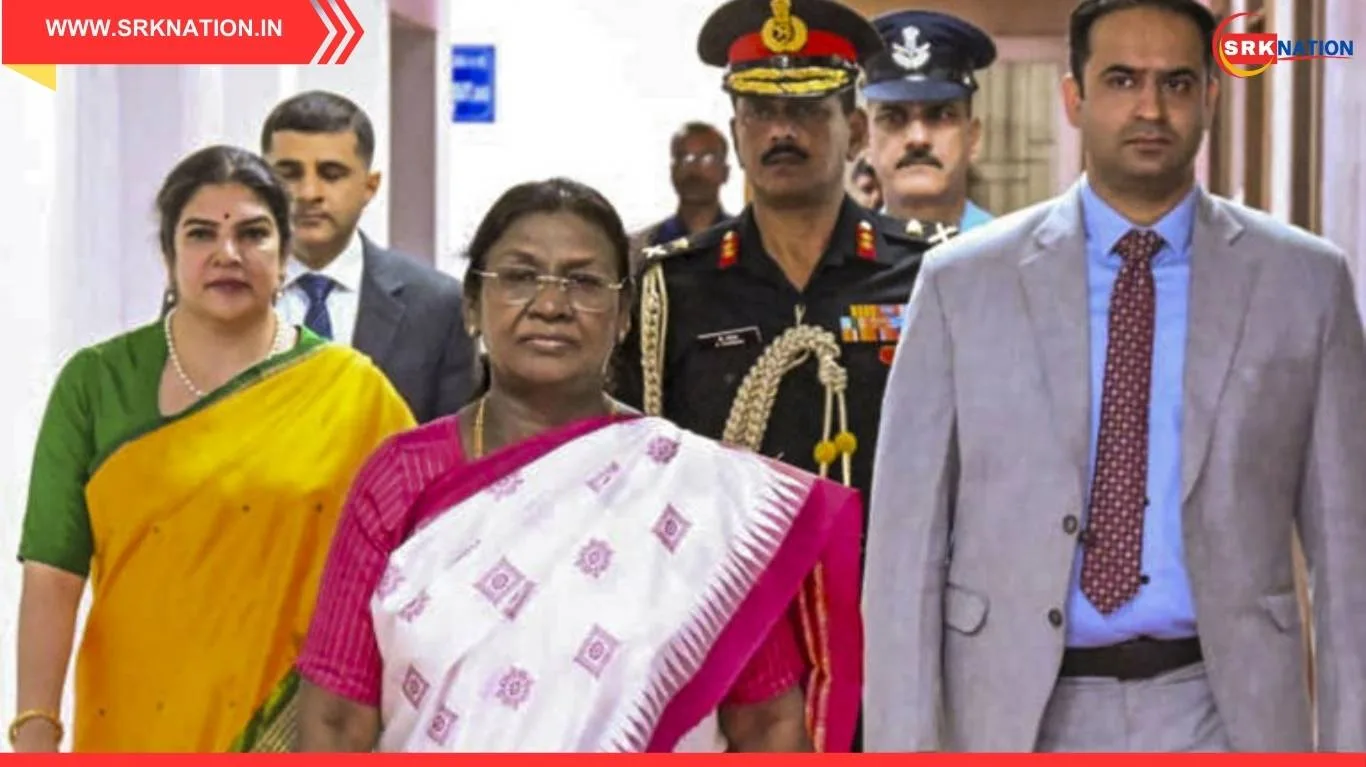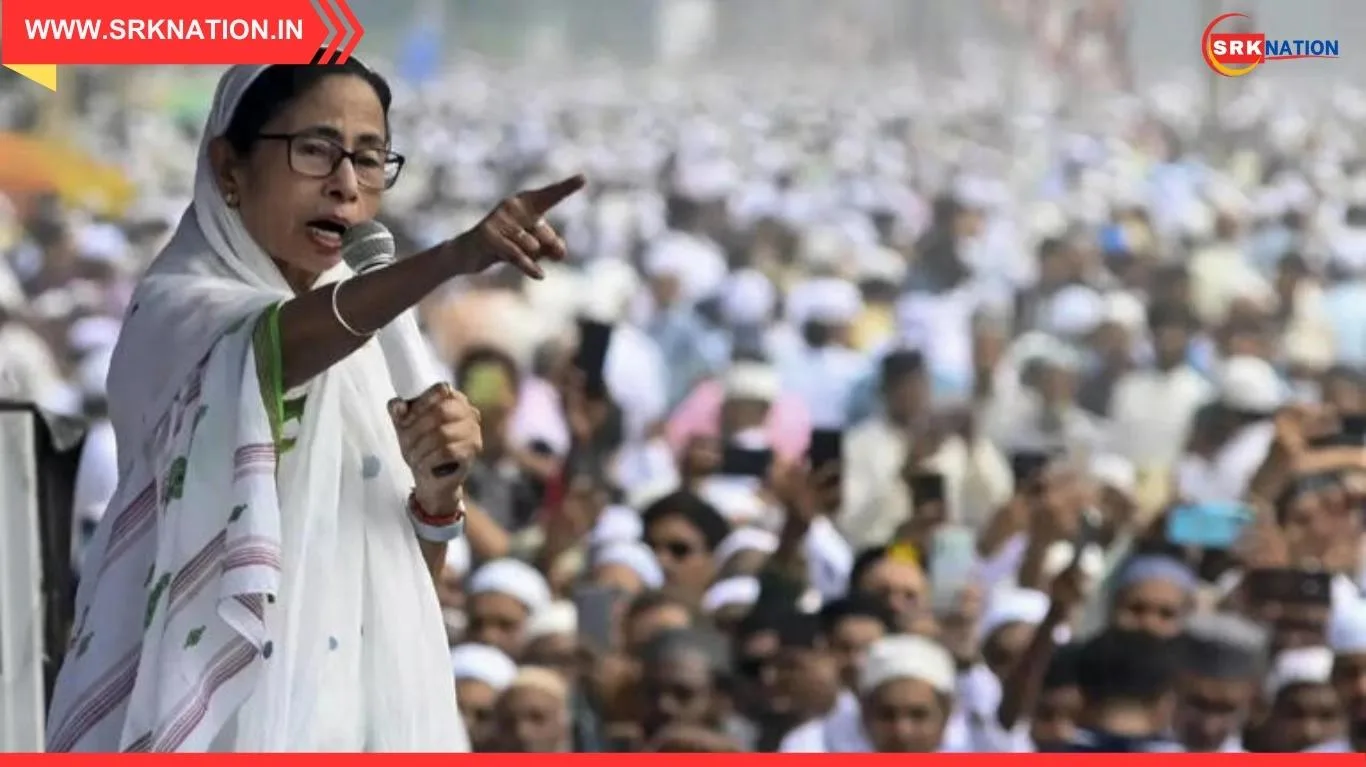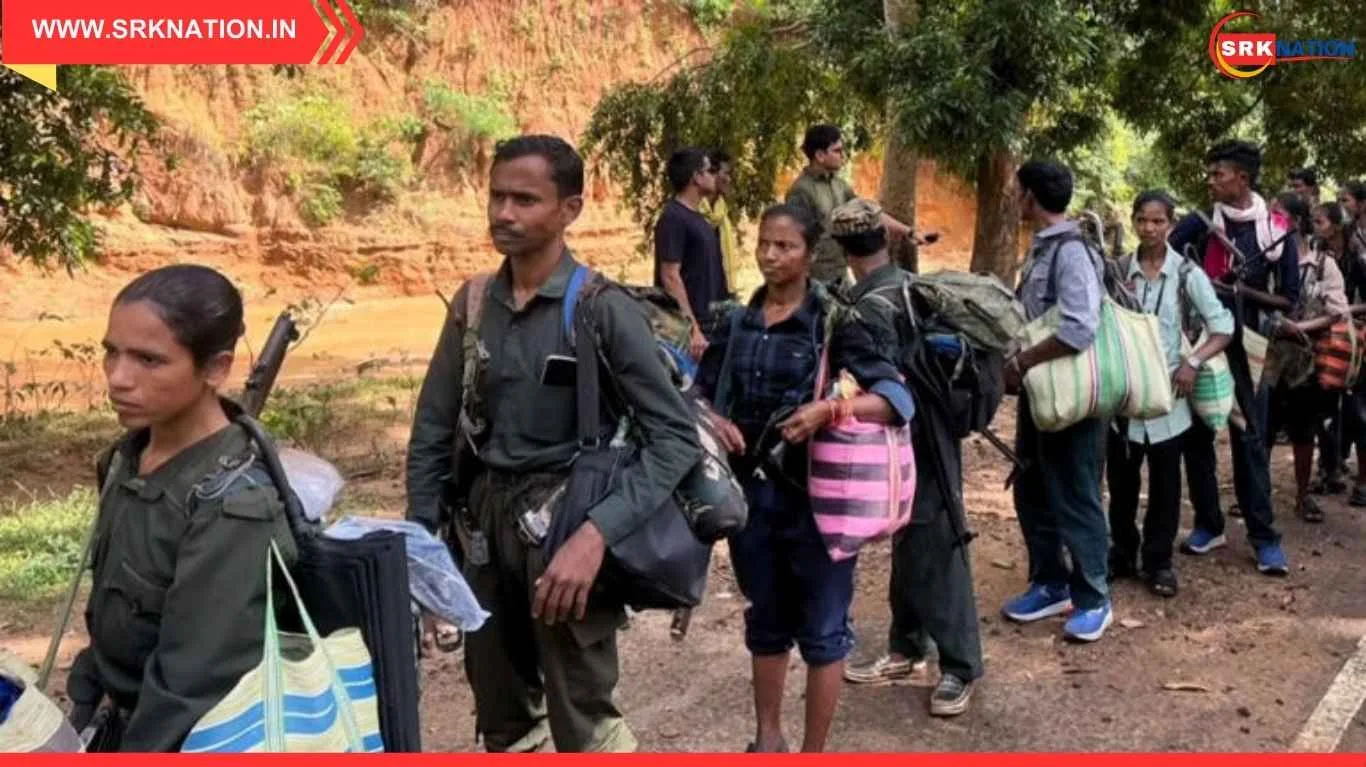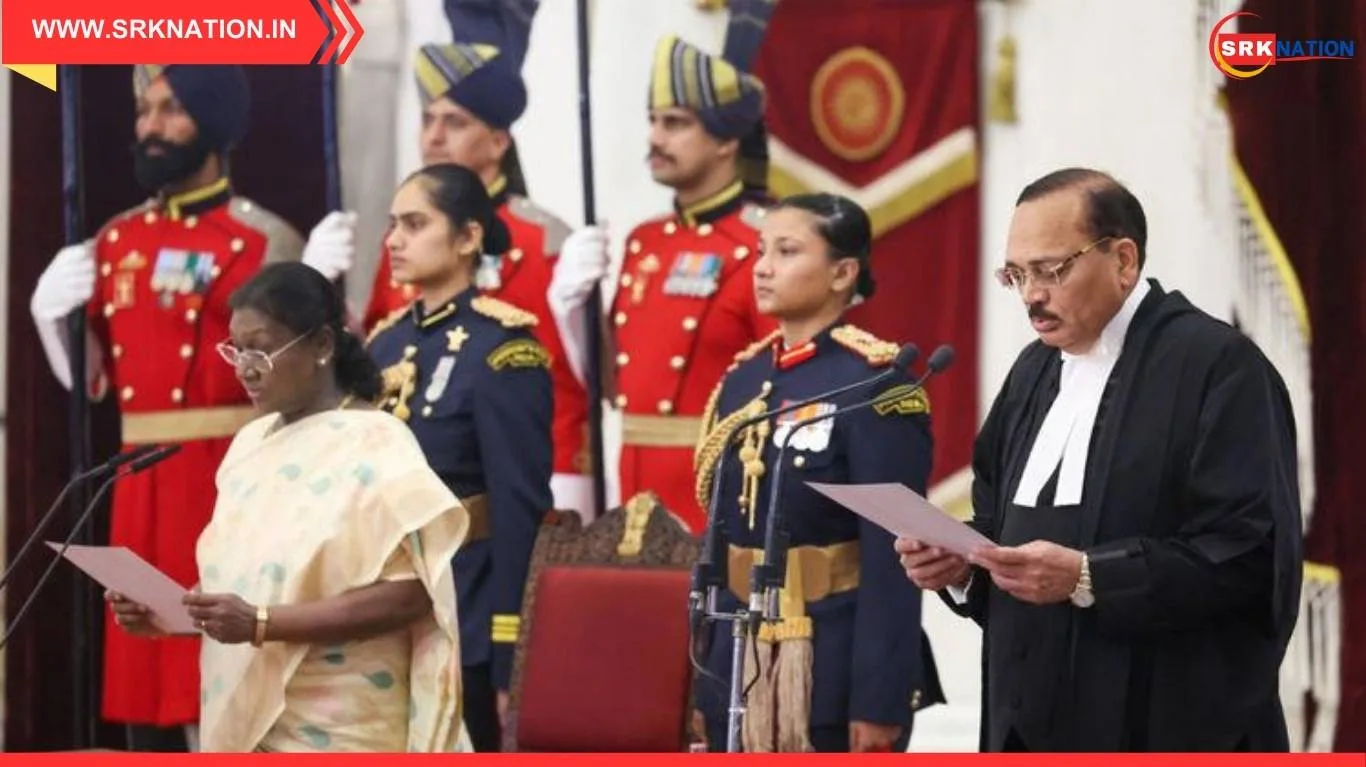In a significant development highlighting the growing threat of artificial intelligence misuse, the Government of India has flagged an AI-doctored video of the Army Chief, warning citizens and institutions against falling prey to Pakistani disinformation campaigns. The doctored video, which attempted to misrepresent the Army Chief’s statements, was identified as part of a broader strategy to spread confusion, undermine trust, and destabilize public confidence in national institutions.
The Rise Of AI-Driven Disinformation
Artificial intelligence has revolutionized communication, but it has also opened doors for malicious actors:
- Deepfake Technology: AI tools can manipulate audio and video to create realistic but false content.
- Targeting Leaders: Military and political leaders are often chosen as subjects to maximize impact.
- Cross-Border Propaganda: Pakistan has been repeatedly accused of using digital platforms to spread misinformation about India.
- National Security Concern: Such doctored videos can erode trust in institutions and mislead the public.
AI-Doctored Video Incident
| Aspect | Details | Implication | Response |
|---|---|---|---|
| Subject | Indian Army Chief | Targeted credibility | Centre flagged video |
| Technology Used | AI deepfake manipulation | Realistic false content | Raised awareness |
| Source | Linked to Pakistani networks | Disinformation campaign | Warning issued |
| Public Impact | Potential confusion | Undermines trust | Advisory released |
| Government Action | Flagged and exposed | Prevent spread | Strengthened monitoring |
Centre’s Warning
The Centre issued a strong advisory:
- Public Awareness: Citizens were urged to verify content before sharing.
- Institutional Vigilance: Media houses and digital platforms were asked to strengthen fact-checking.
- National Security: The government emphasized that such campaigns are designed to weaken India’s defense credibility.
- Accountability: Authorities warned that spreading doctored content could invite legal consequences.
Key Elements Of The Advisory
| Element | Explanation | Significance |
|---|---|---|
| Verification | Urging citizens to cross-check videos | Prevents misinformation spread |
| Media Responsibility | Fact-checking before publishing | Ensures credibility |
| Legal Warning | Penalties for sharing false content | Acts as deterrent |
| Security Alert | Highlighting foreign disinformation | Protects national interest |
| Awareness Campaign | Educating public on deepfakes | Builds resilience |
Why This Incident Matters
- National Security: Targeting the Army Chief undermines military credibility.
- Public Trust: Doctored videos erode confidence in institutions.
- Global Trend: Reflects the worldwide challenge of AI-driven disinformation.
- Policy Response: Highlights the need for stronger digital governance and AI regulation.
Expert Opinions
- Cybersecurity Analysts: Stress that deepfake detection tools must be integrated into national security frameworks.
- Media Experts: Emphasize the importance of responsible journalism in combating misinformation.
- Political Commentators: Note that disinformation campaigns are part of hybrid warfare strategies.
- Technology Leaders: Call for global cooperation to regulate AI misuse.
Public Sentiment
- Citizens: Expressed concern over the misuse of AI and applauded the Centre’s quick response.
- Critics: Warned that awareness alone is not enough; stronger laws are needed.
- Neutral Observers: Highlighted the importance of balancing free speech with security.
- Social Media: Buzzing with debates, memes, and discussions on deepfake dangers.
Challenges Ahead
India faces several challenges in addressing AI-driven disinformation:
- Detection Tools: Need for advanced technology to identify deepfakes quickly.
- Public Education: Ensuring citizens understand the risks of manipulated content.
- Cross-Border Propaganda: Tackling foreign networks spreading misinformation.
- Legal Frameworks: Updating laws to address AI misuse effectively.
- Platform Accountability: Holding social media companies responsible for content moderation.
Future Outlook
- Short-Term: Increased vigilance and awareness campaigns to counter disinformation.
- Medium-Term: Development of AI detection tools and stronger legal frameworks.
- Long-Term: Building resilience against hybrid warfare strategies.
- Global Impact: India’s response could serve as a model for other nations facing similar challenges.
Conclusion
The Centre’s decision to flag an AI-doctored video of the Army Chief and warn against Pakistani disinformation underscores the seriousness of the threat posed by artificial intelligence misuse. While technology offers immense opportunities, its weaponization by hostile actors highlights the urgent need for vigilance, regulation, and public awareness.
For India, the incident is a reminder that national security in the digital age requires not just military strength but also resilience against information warfare. For citizens, it is a call to remain cautious, verify content, and resist the spread of misinformation. And for the world, it is a warning that AI-driven disinformation is a global challenge demanding collective action.
Disclaimer: This article is based on publicly available government advisories, expert commentary, and media reports. Readers are advised to follow official government releases and verified sources for detailed information.

